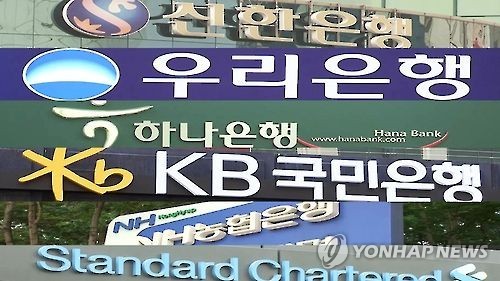Korean banks' capital adequacy ratio mildly rises in 2016
By KH디지털2Published : March 7, 2017 - 12:58
South Korean banks' capital adequacy ratio edged up last year, helped by the government's new rule on the key measure of their financial soundness, the nation's watchdog said Tuesday.
The average capital adequacy ratio of 17 major commercial and policy lenders in South Korea came to 14.92 percent at the end of 2016, up 1.01 percentage points from the previous year, according to the Financial Supervisory Service.

Especially, the ratio rose 0.11 percentage point from 14.81 percent posted in September.
The FSS said the lenders' total assets increased by 7.8 trillion won ($6.7 billion), as the authorities revised a relevant regulation to allow them to take their loan-loss reserves as common capital stock.
It helped offset a decline in profitability and dividend payouts, although their risk-weighted assets grew 23.8 trillion won in the final quarter of the year amid the depreciation of the country's currency.
Their Tier 1 capital ratio came to 12.59 percent at the end of 2016, slightly higher than the one posted the year earlier.
The growth was "mostly because total capital increased 2.4 percent, while risk-weighted assets expanded 1.3 percent," the FSS said.
The nation's seven bank holding firms -- Shinhan, Hana, KB, NongHyup, JB, DGB and BNK -- saw their average BIS ratio climb 0.31 percentage point on-quarter to 14.35 percent in the year's end.
KB had the highest ratio of 15.25 percent.
The FSS said local banks maintained a "decent level" of capital adequacy ratio. (Yonhap)







![[KH Explains] How should Korea adjust its trade defenses against Chinese EVs?](http://res.heraldm.com/phpwas/restmb_idxmake.php?idx=644&simg=/content/image/2024/04/15/20240415050562_0.jpg&u=20240415144419)











![[Today’s K-pop] Stray Kids to return soon: report](http://res.heraldm.com/phpwas/restmb_idxmake.php?idx=642&simg=/content/image/2024/04/16/20240416050713_0.jpg&u=)